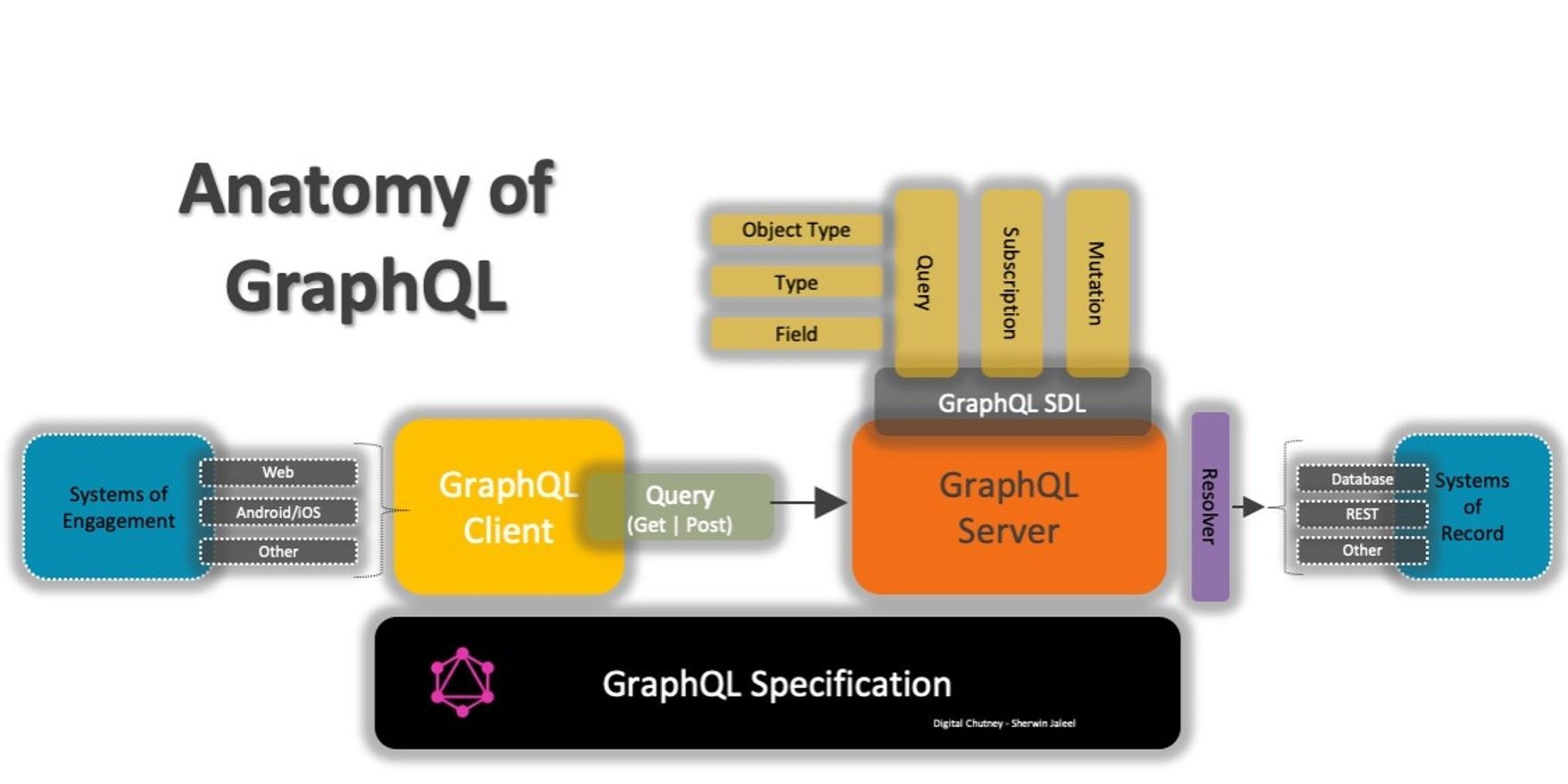
What Is GraphQL?

What Is GraphQL?
- GraphQL is an open-source data query and manipulation language for accessing or aggregating data via an Application Programming Interface (API).
- This technology helps access precise information without querying an entire data table. It also makes available the normalized data across all API connectors. It became public in 2015 and came under the umbrella of the non-profit Linux foundation.
- GraphQL presents a unique approach to developing APIs. It offers the clients to define the structure of the required data. The server returns to clients with the same format of the requested data. This prevents the clients from fetching excessive amounts of data from the servers.
What Are the Benefits of GraphQL?
Simplified data fetching
GraphQL simplifies data ingestion. It manages the code by getting the data in the required shape. Existing infrastructure can use this query language on top of their existing architecture.
Expressive API
- This API technology also provides built-in typed API schema and expressive language. It helps in the identification of data integration bugs before they happen.
- It also helps in narrowing the scope of custom API integrations.
Multiple platforms and languages support
GraphQL provides server implementations for many languages. For instance, GraphQL.js is a reference implementation for JavaScript. We can deploy an Apollo GraphQL API to Azure in an Azure function. A community for GraphQL has built versions of the GraphQL runtime in many languages.
The following is a list of technologies for the implementation of GraphQL APIs:
- Language — Technology
- Ruby — graphql-ruby
- Scala — Caliban
- Python — Graphene
- Typescript — Apollo Server
- Java/Kotlin — GraphQL Java, GraphQL Kotlin, DGS
- Go — gqlgen, GraphQLGo
Building GraphQL Endpoints with Help From ETL
- Despite GraphQL enabling clients to request the exact data they need, it requires significant work, including designing a schema, defining resolvers, and connecting to data sources.
- ETL (Extract, Transform, Load) plays a significant role in helping to engineer a future with GraphQL. ETL tools can extract data from various sources, such as databases and file systems, and transform it into a format that GraphQL APIs can consume.
- Using top ETL tools to help engineer GraphQL helps organizations leverage their existing data infrastructure. Many organizations have invested heavily in databases, data warehouses, and other data sources. Rather than exposing production-level data, ETL tools can pipe data to a dedicated API endpoint optimized for GraphQL client interactions.